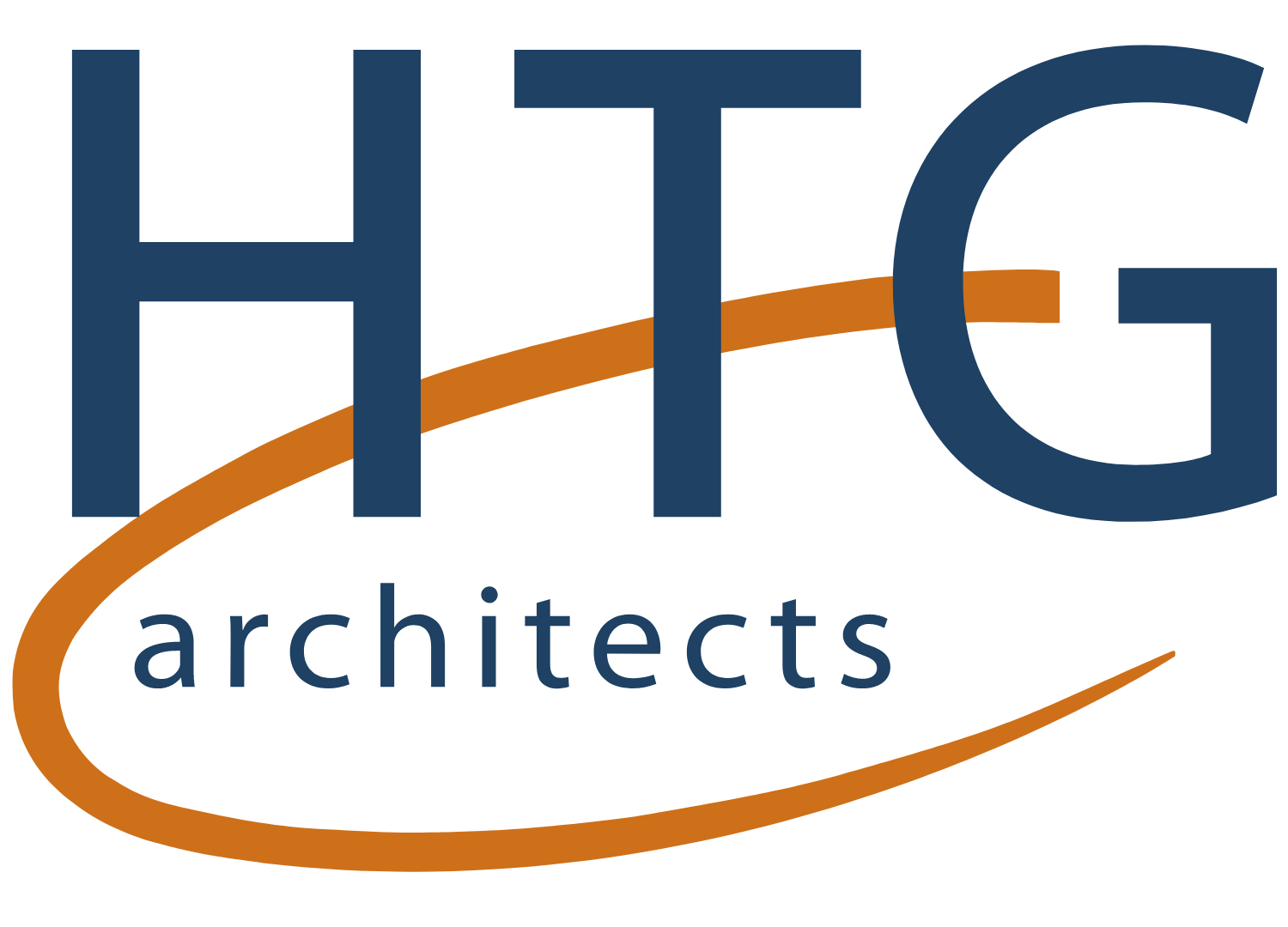Breaking Down the Investment: How Much Does It Really Cost To Start a Bank?
When considering building a new bank or credit union, it is critical to understand all the essentials that factor into the costs. Building a bank involves more than just owning a plot of land and hiring a few workers. There are a variety of factors at play, and each one makes an impact on the cost it takes to get started.
Knowing what goes into the cost of designing and building a bank will ensure you have a better estimate for the budget of your new branch. So let's get into the details below.
How Much Does It Cost To Build a Bank?
To provide a ballpark estimate, the cost range for a new bank or credit union can range from $2 million to $5 million, depending on size and many other variables. Use the guide we've created below to explore the cost breakdown of each component of a new facility.
Costs of the Plot of Land
The plot of land itself should be at the top of your priority list when estimating costs for a bank. A rule of thumb is a 3,000 to 4,000-square-foot building can easily fit on a one-acre site. This cost can range from $500,000 to $2 million, including the site survey, soil test and lot purchase.
A site survey and soil test include asking questions about the longevity of your future institution. Some questions to ask before finalizing a land purchase are:
What site restrictions exist, such as setbacks, easements and state and county road access?
Are there any specific environmental issues tied to the plot of land?
Is the property zoned for your intended use?
Is there an existing survey or soil borings?
Understanding the answers to crucial questions like the ones listed above is critical before accepting the final plot of land. Additionally, you’ll want to conduct an environmental assessment.
Costs of Materials and Labor
Consider the amount of money you will need to hire a contractor for the work done. When it comes to the cost of construction, there is a broad range — $2.5 to $5 million. This number can vary significantly due to whether the work is a tenant improvement, remodel, addition or new facility. Some of these include:
Size of the general contractor
Current economy and labor market
Weather
Design
Additionally, follow any restrictions associated with building the bank mentioned earlier to avoid potential lawsuits.
Exterior Landscaping Costs
Exterior landscaping costs for financial properties can vary between $10,000 and $50,000. It is crucial to recognize the significance of these costs, as they hold the same importance as the value of the land being acquired. The design of your facility's outdoor space plays a pivotal role in shaping the first impression for potential customers, even before they enter your premises.
Technology Costs
When it comes to equipping your bank, investing in computers, phones and audio systems is essential and should not be underestimated. The costs for these items typically range from $100,000 to $300,000. They play a crucial role in ensuring the proper functioning of your institution, and you should prioritize their inclusion.
Additionally, incorporating recent banking tech trends can further enhance efficiency and profitability. Some noteworthy trends include cloud solutions, blockchain technology and voice-first banking. By leveraging these technological tools, you can improve communication and streamline operations, ultimately leading to increased profitability for your business.
Interior Component Costs
Are you considering incorporating artwork and retail design aspects in your space? The costs associated with interior design for these elements typically range from $80,000 to $200,000. Investing in your interior design is not only about enhancing the functionality and aesthetic appeal of your workspace but also about prioritizing the well-being of your employees and customers. A well-designed interior demonstrates your commitment to their comfort and satisfaction.
Other Financial Equipment Costs
When it comes to your equipment, such as ITMs/ATMs, TCRs, drive-ups, vaults, self-service coin counters and the like, the cost can vary from $200,000 to $500,000. One crucial decision is whether to purchase this equipment or lease it. It's important to weigh the pros and cons of each option.
Moreover, considering the implicit costs associated with your equipment, such as maintenance and repairs, is also vital. For example, you should factor in the additional cost of reloading receipt paper in your ATM. These factors contribute to your overall equipment costs and should not be overlooked.
Security Costs
Another critical aspect to consider when calculating the expenses of opening a bank is your security system. The costs for alarms, safety surveillance and fire safety measures typically range from $40,000 to $80,000. These components form the foundation of your institution's security. Investing in a robust security setup, including cybersecurity measures to protect your assets, will provide you with long-term peace of mind.
Get the Ultimate Guide to Bank Design
So there you have it, all of the costs tied into starting up your new bank facility. From the timeline to the construction, you now know what it takes to build a bank. Our team at HTG Architects is here to guide you on your path to launching your bank.
If you’d like more expert advice on starting a new bank, download our Ultimate Guide to Bank Design. This free six-part guide will walk you through everything from location selection to interior and exterior space design, providing practical insights for creating a functional, high-traffic layout.


